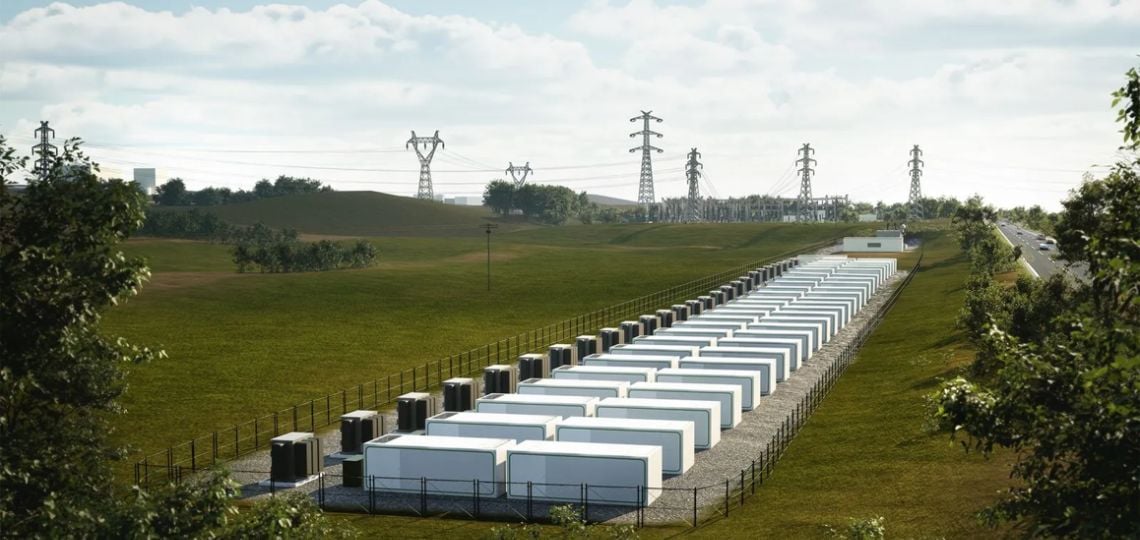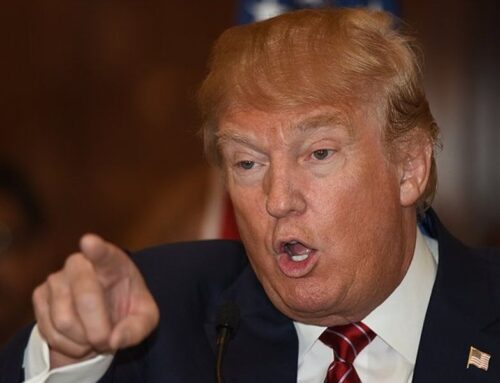Germany and the EU: Green energy boom hampered by lack of storage capacity
September 26, 2024

Germany and the European Union are experiencing rapid growth in solar and wind power capacity.
This transition, largely accelerated by the reduction in Russian energy exports since the start of the conflict in Ukraine, is nevertheless putting considerable pressure on European power grids.
Periods of high production, linked to weather conditions, do not always match demand, leading to major imbalances.
These fluctuations lead to negative prices on electricity markets, making grid management complex and costly.
According to Ember, a think tank specializing in energy, the lack of sufficient storage infrastructure is holding back the optimization of renewable energies.
In fact, current storage capacity, both in Germany and across the EU, is clearly insufficient to absorb production surpluses during solar or wind peaks, as well as to respond to periods of reduced production.
This situation inevitably leads to greater reliance on fossil fuels, despite the boom in low-carbon energies.
Lack of investment in storage infrastructures
Germany, which currently has 1.8 GW of grid-connected batteries, plans to add a further 3.7 GW over the next three years.
However, these investments, while encouraging, remain insufficient to compensate for fluctuations in green electricity supply and demand.
Ember’s analysis shows that if the country had had an additional 2 GW of storage capacity by June 2024, it could have avoided importing 2.5 million euros worth of natural gas.
These figures highlight the scale of the potential savings associated with better management of surplus renewable energy.
Despite these expansion plans, Beatrice Petrovich, Senior Analyst at Ember, points out that the European Union has not implemented such ambitious strategies for energy storage as it has for renewable energies.
This lack of vision on a European scale exposes the continent to the risk of energy imbalance and prolonged dependence on fossil fuels, despite the progress made in green energy production.
Untapped economic opportunities
The development of energy storage infrastructures represents not only a necessity for stabilizing power grids, but also an economic opportunity.
Indeed, batteries can enable arbitrage operations on electricity markets, storing energy when prices are low and selling it when prices rise.
This strategy could offer attractive returns for investors, while reducing dependence on fossil energy sources.
However, investment remains limited.
The high initial costs of storage infrastructures, combined with unclear regulations at European level, are holding back large-scale adoption of these technologies.
Current subsidy policies for green energy production, with no equivalent strategy for storage, create bottlenecks in the management of energy flows, particularly during periods of high solar or wind production.
Persistent dependence on fossil fuels
The current situation highlights the urgent need for a coordinated European investment plan for energy storage.
If European governments are to meet their decarbonization targets, they must not only accelerate the transition to renewable energies, but also invest massively in storage technologies to guarantee grid stability.
Maintaining a balance between supply and demand is essential to avoid constant recourse to gas or coal-fired power plants during periods of low renewable production.
In Germany, the active participation of the Green Party in the government has strengthened the country’s renewable energy ambitions.
However, this political will needs to be followed by concrete action on a larger scale at European level, to avoid fragmentation of energy strategies between member states.
Search
RECENT PRESS RELEASES
Related Post




